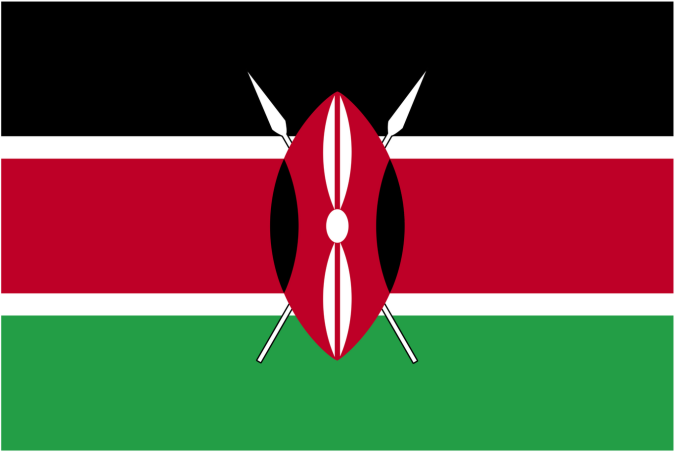KENYA: Lender banks on mobile app to spur saving culture

While the importance of saving money cannot be gainsaid due to the benefits that arise from the practice such as the assurance of a secured future, the saving culture in Kenya is still weak, with the Central Bank of Kenya (CBK) setting the saving rate at less than 12 percent, way below Africa’s average of 17 percent.
More than 80 percent of Kenyans lack a savings plan. And while this could partly be attributed to the high poverty rates, Ireneus Gichana, who runs microfinance institution Maisha Bank, says this mostly arises from a consumerist mentality.
Kenyans, he says, look to loans as quick solutions to their financial woes when the better option would be to develop a saving and investment habit from the word go.
“Kenyans save the least in East Africa. The uptake of savings has been extremely low, lower than lesser fortunate countries within the region. Compared to advanced markets like China where we are talking about close to 46 percent, we are only at about 10 percent,” he says.
Mr Gichana says the Covid-19 pandemic, however, played a significant role in changing consumer perspective, as more people appreciated the convenience of digital banking.
The switch by many banks to digital innovations saw customer deposits in the banking industry rise by 8.9 percent from Sh3.8 trillion in 2019 to Sh4.1 trillion in 2020, with the first quarter of 2021 registering a further increase to Sh4.3 trillion according to the CBK data.
“Covid-19 came with restrictions such as social distancing.
“At one point, at the peak of the pandemic, people were not going to the bank at all. With customers at home, the question became how to enable them to continue banking,” says Mr Gichana.
The banker, however, notes that because consumerism, as opposed to a minimalist mentality, is still embedded in a majority of the population, it will take more than the pandemic for them to adopt a savings culture.
“Savings culture in Kenya is low and loans have been over-promoted. Since we know that people, especially young people, are generally not savers, the only way we can encourage them to save is by giving them a compelling proposition that will make them change their mindset,” he says.
“At Maisha Microfinance, for instance, we have launched a mobile application called M-Fanisi, which allows a user to save as little as Sh500 in a fixed deposit account and get a decent return from their saving. The minimum return rate is 8.5 percent for one month fixed deposit while a 12 month fixed deposit can go up to 11.25 percent irrespective of the amount,” he added.
The M-fanisi solution has a package of four services, short term loans of up to a maximum of 30 days, a virtual transactional account which mimics current accounts in conventional banking settings, an ordinary savings service, which earns an interest and a mobile-based fixed deposit account where users can deposit a minimum of Sh500, and that can hold up to Sh300,000 in a day.
“What we are trying to do is provide a customer value proposition. If you have cash that is lying idle, why don’t you put it in a fixed deposit account, for it to generate a profit for you?
“Anytime you have disposable income, instead of keeping it in your pocket where it does not earn you anything, you can save it in an investment vehicle,” said Mr Gichana.
Digital innovations have catapulted the once little known microfinance lender to an institution, which now boasts of a market share of 4.8 percent up from 0.5 percent between 2017-2018 according to CBK.
Out of the 14 microfinance banks in the market, the lender ranks fifth in market share, with 500,000 customers.
Good as it sounds, Mr Gichana, however, says the uptake of digital solutions remains lower than should be, mainly because of an reliance on loans by Kenyans.
“Looking at the Vision 2030, one of the elements being driven is financial inclusion. Financial inclusion has several components, it could be micro savings, micro insurance or lending. Lending has widely been taken care of, but now other components such as micro insurance and savings have not been taken care of,” he noted.
SOURCE: BUSINESSDAILYAFRICA / ALBERT MWAZIGHE
 Africas leading resource for digital financial services
Africas leading resource for digital financial services


comments